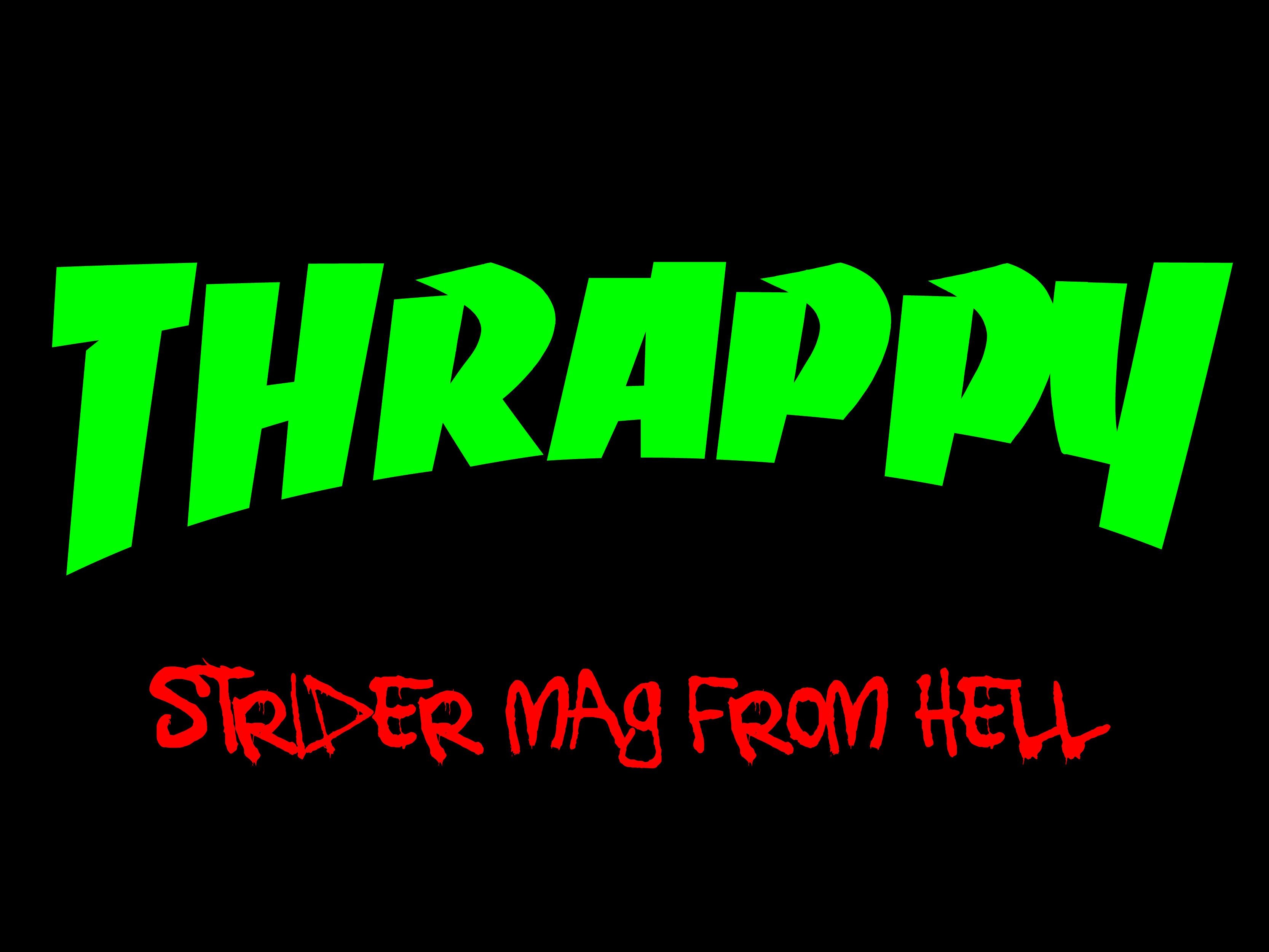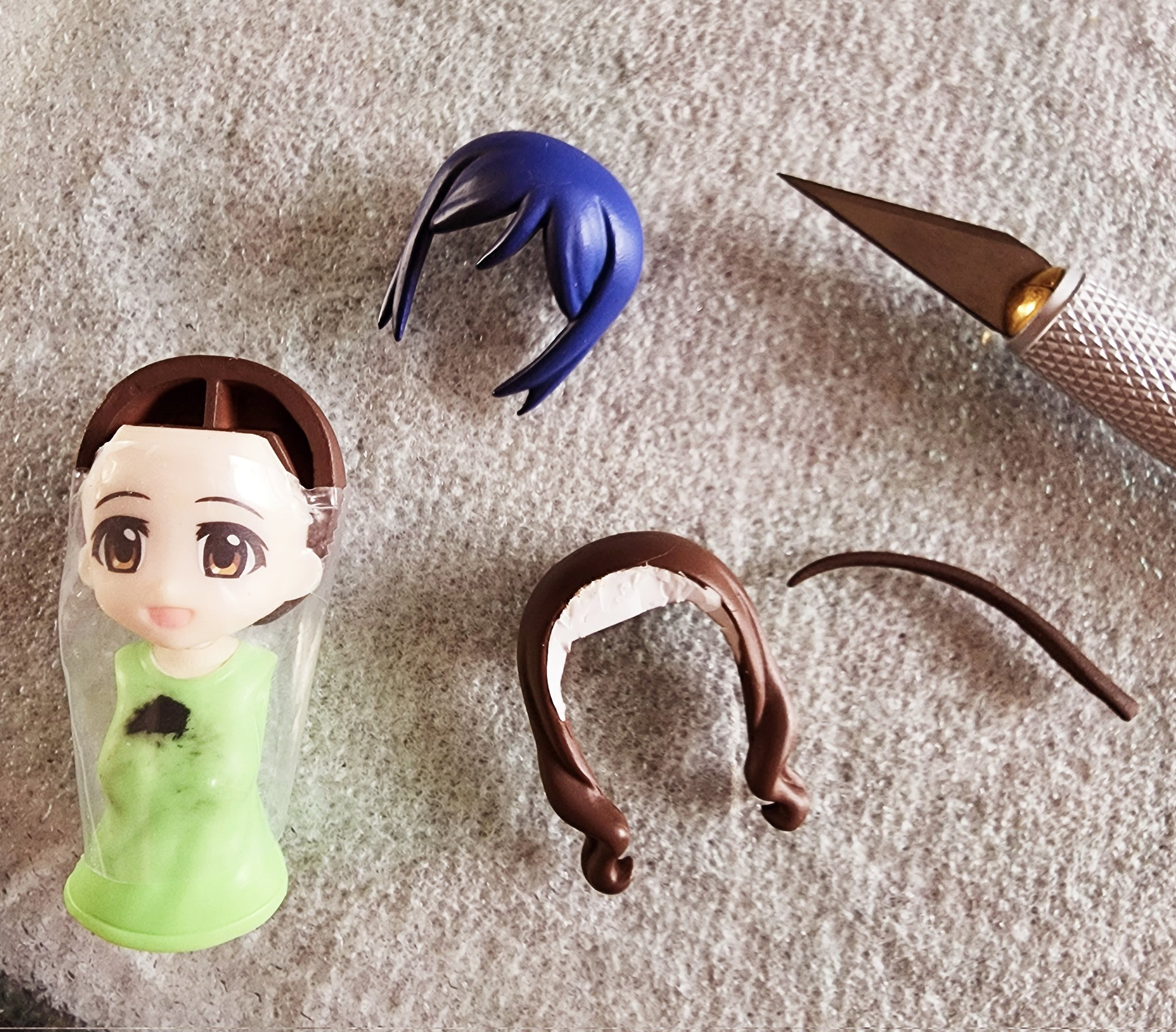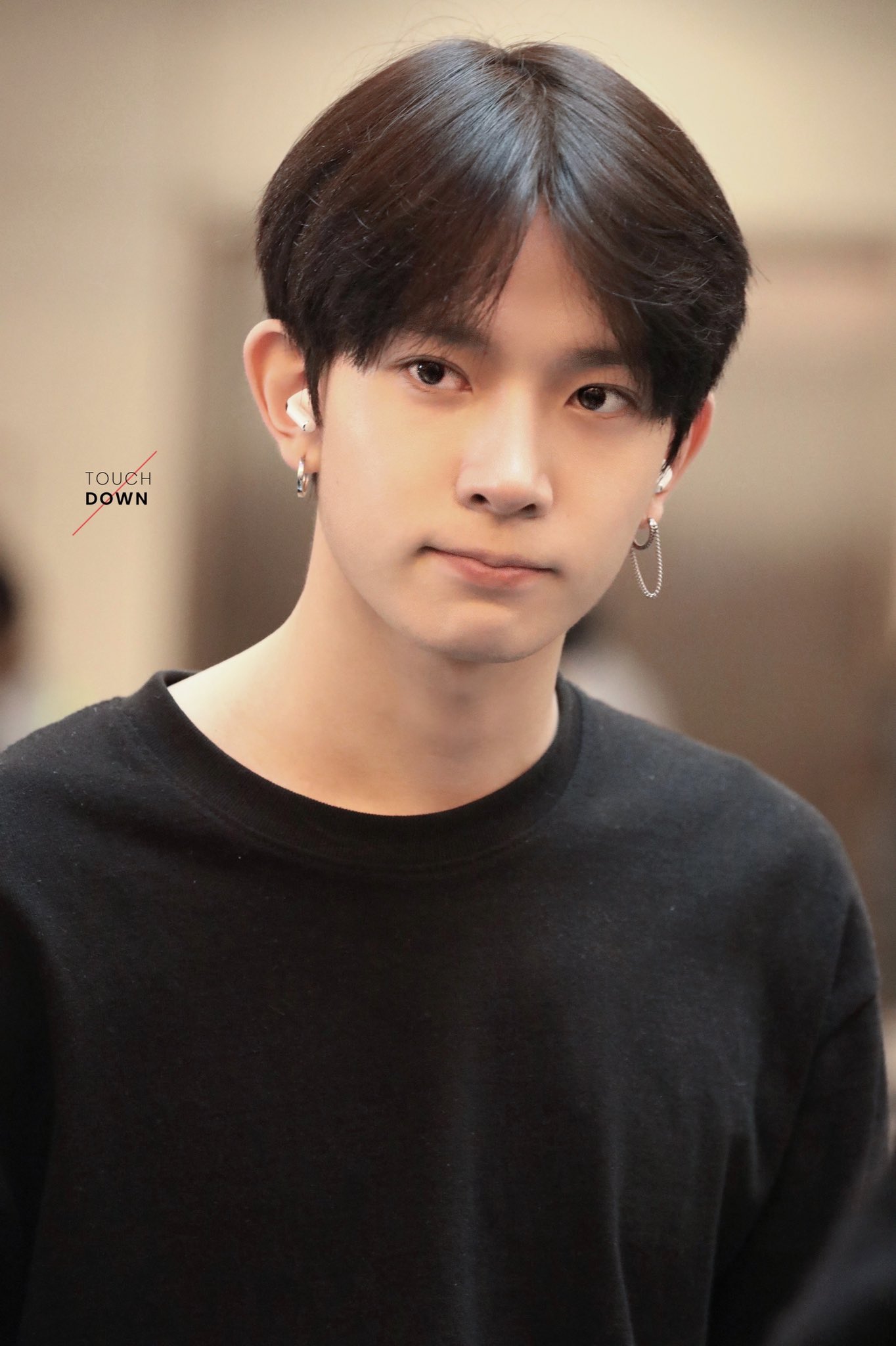Thrappy - A Gentle Strength
Something interesting is happening when we look at the ordinary things around us, and even the sounds that move our hearts. There is a quiet quality, a way things can be, that often goes unnoticed, yet it holds a certain kind of gentle strength. This quality helps things bend without breaking, and it helps feelings connect in a very real way.
This idea, which we might call "thrappy," seems to pop up in places you might not expect, like in the stuff that builds our homes or in the tunes that bring comfort. It is, you know, a way of seeing the subtle power in everyday items and the deep resonance in cultural expressions. It points to a kind of flexibility and a deep sense of connection that makes things work well.
It is about finding a quiet power, a certain way of being that lets things bend without breaking, or helps feelings flow easily, really. This "thrappy" feeling suggests that strength does not always have to be rigid; sometimes, it is in being able to give a little, to adapt, or to simply be present in a very comforting way. We can see this quiet resilience in materials and hear it in the echoes of beloved songs.
Table of Contents
- What is "Thrappy" Anyway?
- How Does "Thrappy" Show Up in Materials?
- Can "Thrappy" Be Heard or Felt?
- The Enduring Spirit of "Thrappy" in Creative Works
- Where Might "Thrappy" Take Us Next?
What is "Thrappy" Anyway?
So, what exactly is this idea we are calling "thrappy"? It is, in a way, a way of looking at the world, a lens through which we can see quiet strength and gentle flexibility. It is not about being rigid or unyielding; instead, it is about having a capacity to adjust, to give, and to be shaped without losing what makes something truly itself. This quality helps things stay useful and relevant, even when things change around them. It is about a kind of quiet persistence, really.
When we think about something having a "thrappy" quality, we are thinking about its ability to be useful in many different situations. It is like a material that can be formed into various shapes, or a feeling that can bring comfort in different moments. This kind of adaptability is something we often appreciate, even if we do not always put a name to it. It is a sense of ease, a feeling that things just fit, you know.
"Thrappy" and the Bendable Nature
The very heart of "thrappy" seems to lie in this bendable nature. It is about being able to move with things, rather than against them. Think about how some things can be pulled or pressed into new forms without breaking apart. This ability to change shape, to be worked with, is a core part of what makes something "thrappy." It is about a kind of softness that lets things be reshaped for different uses, which is pretty useful.
This bendable quality also speaks to a kind of quiet strength, a resilience that does not need to be loud or showy. It is the kind of strength that lets something absorb impact or adjust to new demands without failing. This is, you know, a different kind of power, one that is more about lasting through change than about standing perfectly still. It is a very practical sort of trait.
How Does "Thrappy" Show Up in Materials?
When we look at the materials all around us, we can actually see "thrappy" qualities in action. Take, for example, a type of common metal that builds so much of our modern world. This metal, which has just a small amount of carbon mixed in, is known for being quite soft and easy to work with. It is not the kind of metal that snaps when you try to bend it; instead, it gives a little, which is very helpful for many projects.
This metal, often called mild steel, contains a tiny bit of carbon, usually somewhere between a very small fraction and a slightly larger fraction, like less than a third of a percent. This small carbon amount is what makes it so flexible and easy to shape. It means it can be pulled into wires, pressed into sheets, or bent into different forms without much trouble. It is, you know, a material that cooperates, which is rather nice.
The "Thrappy" Feel of Everyday Steel
The "thrappy" feel of this everyday steel comes from its willingness to be formed. It has a surface that can be quite thin, flat, and even a bit shiny, making it good for putting together building frames. Its ability to be joined together easily, say with welding, also adds to its "thrappy" nature. It means that builders and makers can connect pieces of it without a lot of fuss, which saves time and effort, and is quite practical.
This metal is used in so many places, too. It is a common choice in building things, like the strong parts of buildings and bridges. You also find it in the parts of cars and trucks, where its ability to be shaped and joined is a big plus. Sometimes, after a special treatment, this metal can even be used for things that need to resist wearing down, like small shafts or parts that move a lot, which is pretty clever.
This kind of steel is, basically, a very common item in modern making, known for being easy on the wallet, simple to form, and good for joining together. We can see its different sorts, each with its own specific makeup. The carbon amount in these sorts of steel generally sits between a very small percentage and a slightly larger one, making them quite adaptable. They are often put to use for making the big, supporting parts in bridges and buildings, too it's almost a given.
Can "Thrappy" Be Heard or Felt?
Beyond the physical world of materials, "thrappy" can also be something we experience through sounds and feelings. Think about the way certain melodies or words can bring a sense of peace or comfort, a quiet reassurance that settles over you. This emotional connection, this gentle way of touching the heart, is another aspect of what "thrappy" might mean. It is about a kind of resonance that just feels right, you know.
There are old, cherished songs and phrases that carry deep meaning for many people. These sounds, like a familiar tune or a well-loved saying, have a way of calming the spirit and bringing a sense of belonging. They are not forceful or demanding; instead, they gently guide and provide a sense of warmth. This subtle yet profound influence is, in some respects, very "thrappy."
The "Thrappy" Echo in Melodies
Consider the echoes found in certain melodies, like the well-known phrase "طلع البدر علينا" (Tala' al-Badru 'Alayna). This particular phrase, which means "The full moon rose upon us," often brings to mind feelings of light, peace, and a sense of a good arrival. It is a gentle welcoming, a message of joy and honor. The way these words and their accompanying tunes can bring such comfort and a sense of shared history is, you know, a truly "thrappy" experience.
Other sounds and verses, like "مولاى" (My Lord), "سبحانك" (Glory be to You), "يارب يارحمان" (Oh Lord, Oh Most Merciful), or "حنينى" (My Longing), carry similar feelings of devotion, hope, and deep connection. They are not just words; they are expressions that have been felt and shared by many, creating a collective sense of peace and reflection. This shared feeling, this quiet comfort that these sounds bring, is very much a part of the "thrappy" idea, too it's almost a given.
The ability of these phrases to bring people together, to stir a sense of calm or happiness, shows their gentle but lasting impact. They are like a soft light guiding the way, offering a sense of security and belonging. This kind of emotional flexibility, the way these expressions can adapt to different moments of need and still offer solace, is a true sign of their "thrappy" nature, basically.
The Enduring Spirit of "Thrappy" in Creative Works
The idea of "thrappy" can also be seen in the lasting impact of creative works and the people who make them. When an artist creates something that continues to resonate with people, long after it was first made, that is a kind of gentle strength. It is not about a sudden burst of fame, but about a steady, quiet influence that keeps on giving. This enduring quality, this ability to stay relevant and comforting over time, is pretty "thrappy."
Think about how some songs or performances can feel timeless, bringing the same emotions to new listeners years later. This shows a deep connection that goes beyond the moment of creation. It is about a work that has a kind of soft adaptability, allowing it to speak to different generations and different experiences. This kind of lasting connection, this quiet persistence, is a hallmark of the "thrappy" spirit in art, you know.
A Glimpse into a "Thrappy" Legacy
We can see a glimpse of this "thrappy" legacy in the story of artists whose work continues to touch hearts. For instance, there was a singer named Suad Mohamed, whose passing in 2011 marked the end of a very long period of giving to the arts. She had, you know, a history of creating over three thousand songs, which is quite a lot. Her work, like many pieces of art that truly last, possessed a "thrappy" quality, connecting with listeners through time.
Her songs, much like the gentle and adaptable nature of low carbon steel, or the comforting words of ancient verses, had a way of being shaped by the listeners' experiences while still holding their core meaning. They provided a consistent source of emotion and connection, a quiet presence in the lives of many. This enduring presence, this ability to remain a source of comfort and beauty, is a clear example of a "thrappy" legacy, basically.
| Born | 1926 |
| Died | 2011 |
| Nationality | Egyptian-Lebanese |
| Occupation | Singer, Performer |
| Notable Works | Over 3000 recorded songs, known for classical Arabic music and film soundtracks. |
| Legacy | Cherished for her powerful voice and emotional delivery, a lasting influence on Arabic music. |
Where Might "Thrappy" Take Us Next?
So, where does this idea of "thrappy" lead us? It suggests that there is real value in things that are adaptable, gentle, and quietly strong. It encourages us to look for the subtle qualities that allow materials to be shaped for many uses, or for the deep feelings that connect us through words and music. This way of seeing things can help us appreciate the quiet work that happens all around us, and in our own feelings, too it's almost.
It is about understanding that true strength does not always come from being unyielding. Sometimes, the most effective way to be is to be flexible, to be able to bend and adjust, and to offer comfort without being overbearing. This perspective, this "thrappy" way of looking, can help us find peace and usefulness in places we might have overlooked before, which is pretty interesting.
Embracing a "Thrappy" Approach
Embracing a "thrappy" approach means looking for the inherent adaptability and gentle power in things. It means valuing materials that can be formed and reformed, making them useful for many different needs, like the steel that builds our structures. It also means cherishing the cultural expressions that bring comfort and connection, the songs and phrases that echo through generations, offering a soft sense of belonging, you know.
This approach encourages us to seek out and appreciate the qualities that allow things to endure, to be helpful, and to bring quiet joy. It is a way of seeing the world that values resilience, not in a harsh way, but in a way that is soft, giving, and deeply connected. It is, basically, about finding the quiet strength that lets things, and us, continue to grow and be useful in a very gentle way.
This perspective can help us in our own lives, too. By thinking in a "thrappy" way, we might learn to be more adaptable ourselves, to find strength in our own flexibility, and to connect with others through gentle understanding. It is about finding the quiet power in being able to adjust, to be open, and to offer a steady, comforting presence, which is a very good thing to do.
The essence of "thrappy" is, therefore, about recognizing and valuing this quiet strength, whether it is in the simple yet versatile nature of a common metal or in the profound and comforting resonance of cherished cultural expressions. It is a reminder that some of the most enduring and useful things in our world are those that can bend, adapt, and gently connect, which is quite a thought.
This article has explored the idea of "thrappy" by looking at the properties of a widely used metal, low carbon steel, which is known for its ability to be shaped and its common use in building. We also considered how "thrappy" can be felt in the emotional and spiritual comfort found in certain Arabic phrases and melodies, like "طلع البدر علينا." We touched upon how this concept of gentle strength and adaptability can be seen in the lasting impact of creative works, drawing a brief connection to the legacy of singer Suad Mohamed. The discussion highlighted how both materials and cultural expressions can possess a quiet resilience and a capacity to connect, offering a subtle yet enduring presence in our lives.

CFC -トヨロック2014- 開催です! | THRAPPY(スラッピー)

SakuraRoseLily on Twitter: "Prpject in progress! ;7; working with thr

TOUCH•DOWN on Twitter: "221005 LAX Departure📸️ #ENHYPEN #희승 #HEESEUNG